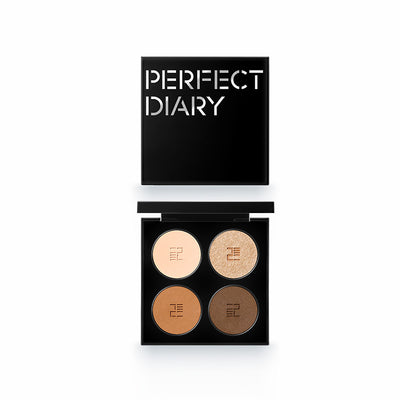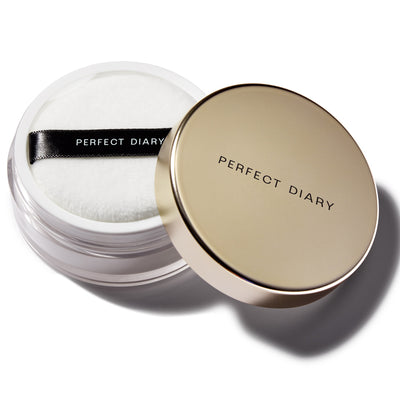Contour Brush Guide: From Contouring to Pro Tips
Many people consider a contour brush to be a crucial makeup tool. Consider your makeup brushes to be similar to the paintbrushes used by artists; each one serves a unique purpose. Even if you use the best makeup products, you still need the necessary tools to apply them correctly and get the desired finish.
What is contouring and how to do it?
The contouring trend in beauty has taken makeup to a whole new level, and for the better. Using bright and dark cosmetics, you can accentuate or minimize the look of facial characteristics. And it has proven to be a staple for both makeup artists and regular women. However, in order to get a perfectly contoured face, contouring does take some experience and expertise.
Step1: Determine your face shape
Your face shape should affect how you contour, therefore you'll need to know it beforehand if you want the best-defined and-highlighted outcomes. There are a total of six different shapes, from square to heart-shaped. In order to determine your face shape, we advise looking at several internet courses.
Step2: Apply base makeup
Use a primer to prepare your face first. Your skin will have a smoother surface as a result, and your makeup will last longer. Concealer should then be used to cover flaws like dark patches or under-eye circles. Use the Clear Cover 3-color Concealer Palette, which is designed to cover flaws effectively and provide a soft, natural makeup look.
Step3: Highlighting and contouring
Apply highlighter first to the parts of your face that you want to stand out. To give your eyes a more lifted appearance, put it under your eyes and spread it out toward your temples. To make your nose appear thinner, you can also draw a straight line of highlights down the middle of it.
Use the contouring shade to trace the shades of your own facial shape. Contour along the jawbone's margins if you want to give it additional definition. Blend a contour line beneath your cheekbones to give the look of sculpted cheeks.
What is a contour brush?
A contour brush is used to define your cheekbones and give them a sculpted appearance, which is smaller than a regular powder brush. They frequently have bristles that are angled or tapered for smooth, accurate application in a single swipe. When you flip this brush over, use the wider, fluffier side to apply blush in addition to contouring.
How to use it?
Sweep the brush head just beneath your cheekbones (in the hollow of your cheeks) or behind your jawline after dipping it in your bronzer or contouring powder. To soften any sharp edges and to make the color appear more like a shadow than a line, lightly blend in small, circular motions.
How to clean your makeup brushes?
Taking good care of your tools is an essential part of any beauty routine. Cleaning brushes and sponges is necessary for performance as well as cleanliness and preventing the spread of bacteria and germs.
Clean with liquid soap
Liquid soap may perform wonderfully for degreasing if a sponge or brush is completely covered with silicones and oils, or if both are caked with foundation. Avoid using cleaners with a lot of alcohol or strong solvents since they can remove the adhesive holding the brush together and shorten its lifespan.
Clean with bar soap
While some industry professionals prefer to use more conventional liquid solutions, others prefer bar soap alternatives since they can thoroughly clean the brushes while also conditioning the brush hairs. Simply make your selection based on your personal preferences.
Weekly washing
It’s recommended to thoroughly wash your brushes once a week if you use a similar makeup look every day. And if you frequently change your colors, you might need to wash them more frequently.
Proper drying is crucial
To remove as much moisture as you can, shake off the extra water and pat the bristles with a fresh cloth. Then, wrap up one end of the towel, putting the brush handle on the rolled portion so that the brush head is slightly tilted downward. You don't want any water to seep into the handle because that could harm both the handle's structure and how the bristles are bundled.






















